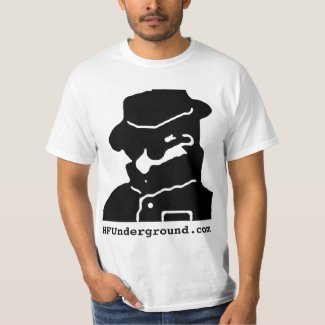Thanks for this thread! Now I am aware of the work of my RTL SDR. And what's the difference between the dynamic range of an AC / DC converter 8 and 16 bits?
Night and Day 
To get the dynamic range of an ADC, take the number of bits minus 1, then multiply by 6 and this gives the range in dB.
So for 8 bits, it's 42 dB (very poor), then for 16 bits, it's 90 dB (quite good).
The only way to get some decent results in HF with a 8-bit ADC is with a good preselector. Or use a traditional receiver with an IF output. With an RTL donkey, thinking to pick up the 45 MHz IF often used in synthesized SW designs, so no need of an external upconvert.
edit : I forgot the possible effects of dithering, i.e. adding some 'calibrated' noise to the signal before sampling and converting into a digital stream. I don't know much about that, but I smell that it can give only a few bits more than the native ADC output, and maybe at the price of a better FPGA processing ?
BTW, that topic could be renamed SDR limitations or something like that,
and moved in the SDR forum.



